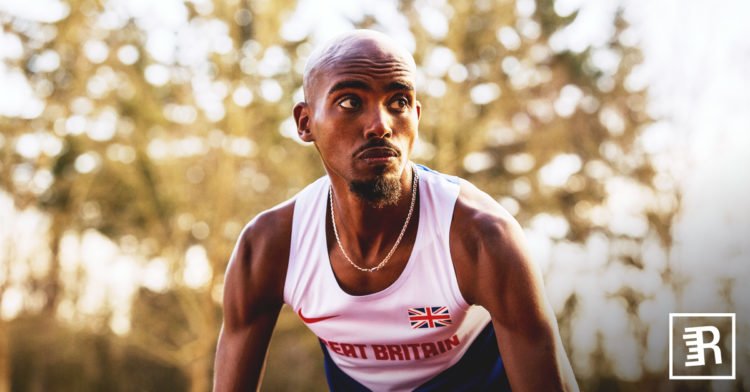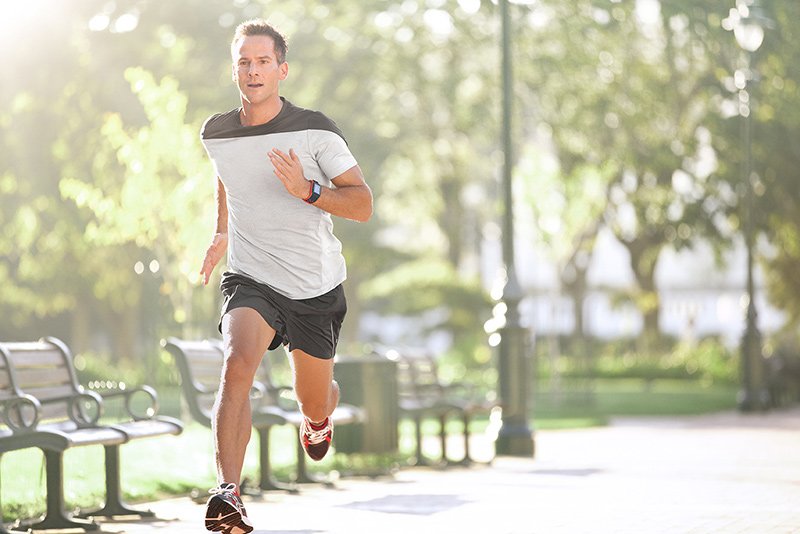
What better way to learn then from those who have been there and done it. If you’re someone who watches the Olympics in awe whilst thinking ‘how do they do it?’ this article will reveal all.
Although some people have a natural a propensity to run faster, they hone their skill through a series of specialized workouts and drills.
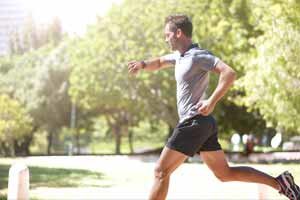
When you tap into their specialist knowledge of what works best, you too can change your routine to supercharge your training and become faster. From Tyson Gay to Usain Bolt, this article examines some of the most proficient techniques to gaining high speed out there.
No more second guessing or believing ‘you’re just not built for speed’. You may be a complete beginner or an experienced long-distance runner looking to improve their speed. Either way, start putting these strategies in place and you’ll soon discover just how effective they can be and how fast you can get.
Understand step frequency/step length to increase your speed
On a fundamental level, these two elements are often spoken about interchangeably when analyzing running speed and work in conjunction with one another. Whether you are running competitively or not, increasing speed relies on essentially two things:
1. Moving your legs quicker (step frequency)
2. Covering more distance with each step (step length or stride) – which is the movement of both steps from left to right.
Whatever techniques you pick up in between will work together to make these two elements more powerful. Even when Bolts performance is being analyzed you may hear the terms stride per 100m being mentioned and a stride frequency per spm (steps per minute).
Top Secrets to Running Faster from the Worlds Pros
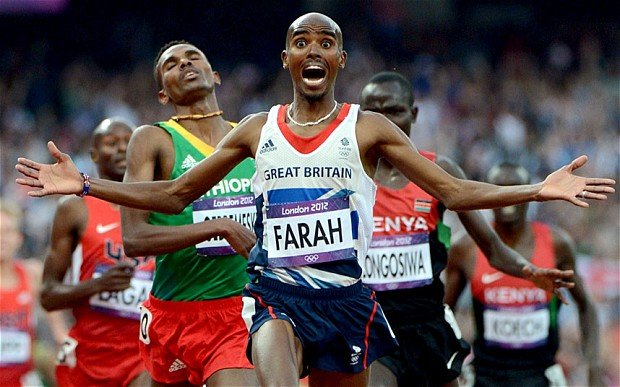
Now we’ll look at the 7 secrets that make the pros so good at what they do.
Let’s start by examining Mo Farah, 33 year old British distance runner who holds a range of world titles and has won 4 gold Olympic medals. To understand the sheer magnitude of his achievements, he is the second athlete in history to secure double gold medals in the Olympics.
So what makes his running style so special and distinctive to give him that edge?
It’s interesting to note that back in the Beijing Olympics he actually failed to qualify for the 5,000 meters. When he trained with Coach Alberto Salazar however, things started to change drastically. With his new technique analyzed, we can see certain techniques coming to the fore which we will now share.
Becoming lighter: Hitting ground with ball of the foot
Using 3D technology to analyze Mo’s foot strike, it’s clear to see that he uses a mid-foot strike instead of hitting the ground with the heel first. Doing so takes pressure off the knees and hips allowing Mo to lower his heel then go back to the ball of his feet.
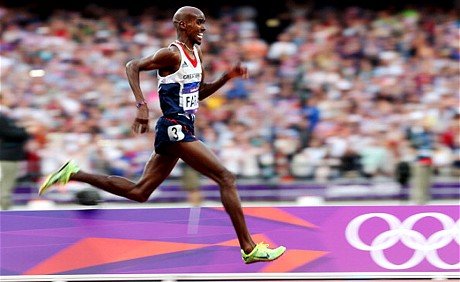
After this he then pushes off with his toes. This lightness is essential to his speed and ultimately decreases the amount of damage done to joints. Not only is it a healthy, quick running style but it makes the most of his control when it comes to foot placement so he can quicken his stride.
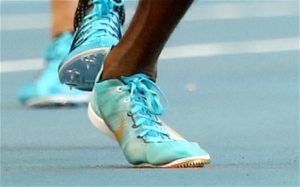
If you struggle with finding your groove with the mid-foot run then check out our nice infographic. Skip straight to number 6 and discover how to position your foot for the best stride.
This article is also great for walking you through the stages of mastering the mid-foot stride. It starts with going ‘back to barefoot basics’ to locate the right landing spot and quit the habit of landing on your heel. This way you can develop a healthier more efficient stride to help you pick up the pace.
1. Changing your foot position to increase efficiency
Mo also uses clever foot positioning where his feet strike the ground just in front of the center of his body weight. You’ll find his knees bend and his lower legs practically upright. A common mistake with runners is that they land further then their center of gravity and lengthen the knee too much.
This wastes valuable energy as the body moves over the feet so it can take off.
2. Stay relaxed: Speed-Master Tyson Gay tips on Sprinting
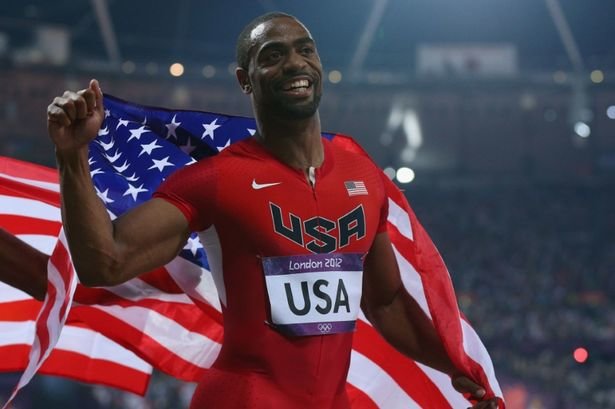
Second fastest athlete after Bolt, Tyson Gay, is a winning American track and field sprinter. Tysons philosophy to the 100 meter sprint is a combo of aggression and relaxation. He says ‘the first 15-20 meters requires staying low until you transition’. During this phase he believes runners should keep going in a straight line and take their time until a full range of motion kicks in.
Tyson emphasizes the importance of maintaining high speeds during a run relying on staying relaxed through all phases. If this fails to happen, the body tenses up and arm movements and steps shorten.
Tyson’s recommendation to being as fast as possible: Breathe and keep the face, muscles and body relaxed to ensure stride remains open to promote a quicker movement.
3. Increase air time, decrease ground time
Another top tip from Mo Farah is to increase the amount of time runners spend in the air and reduce stance time. Stance time is how long your foot comes into contact with the ground before kicking off again for the next stride.
Doing this has the additional benefit of decreasing the amount of reactive forces absorbed by the foot. Want to achieve Mo’s strategy? What you need to do is stiffen your lower legs so that more energy is retained.
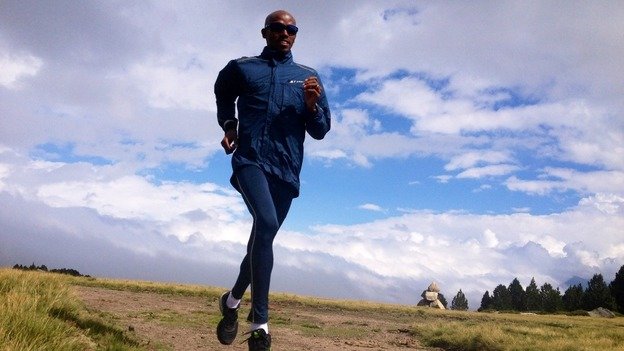
So if you want to effectively increase your running speed then ground contact time must be reduced. What influences ground contact time however? There are three main things:
- The runners power of force applied to the ground
- How stiff the leg is so more spare energy can be captured and reused
- Foot positioning and how it lands in relation to a runner’s center of gravity.
How do you improve these areas so that you can spend more time in the air and less on the ground? Training with the aim to increase the power in your stride by including short sprint drills is a great place to begin.
Start with sets of 3 and gradually increasing until you reach 6 at full speed. So you don’t pull your hamstrings, it works best to hill train when you begin sprinting.
Appling a mid-foot strike encourages less ground contact time and promotes a faster stride. You can also incorporate jumping drills into your warm ups and add weights to your routine. This way you can enhance the stiffness of your lower legs and increase how efficiently they absorb energy. Mix these training elements up with some runs in between to increase intensity whilst adding some hops on each leg.
4. Usain Bolt’s secret to angular acceleration
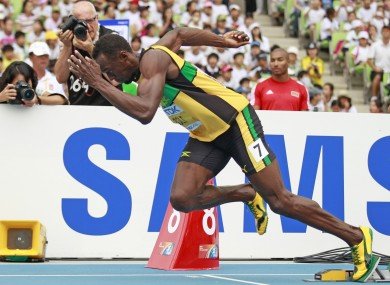
Being 6’5 and the tallest sprinter to contend in the Olympics, Bolt seems to have the perfect build on his side. However it’s his techniques, just like Mo and Tyson that transform him into the effortless yet powerful sprinter he is.
Part of what makes Usain fast as a lightning bolt (excuse the pun but it had to be done!) is the angle at which he runs. He is effectively falling forward whilst he runs by using a technique known as gravitational torque.
What is gravitational torque?
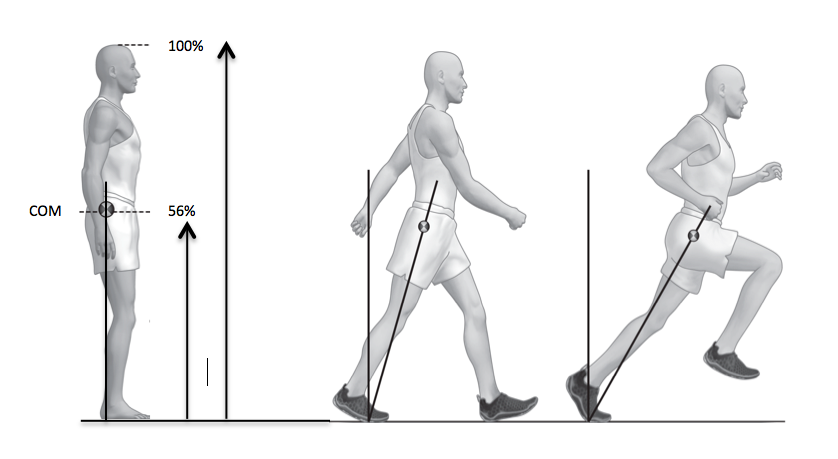
This is a similar technique to Mo and several other world-class professional runners. It’s the process of positioning his body horizontally and means they’re using the ‘rotation of their body around the point of support under the action of gravitational torque’.
This is what helps keep their body be in the consistent motion of falling forward. It’s the transition from being vertical when the center of mass is past the point of support.
During all phases of the gait cycle the position must be maintained to be in the motion of falling forward and effectively absorbing/releasing energy. The body rotates as a whole and systematically utilizes the legs support.
In effect, instead of pushing off, Usain allows the gravitational rotation to give him speed from an angular perspective in relation to his center of mass.
5. Strengthen our stride and engage your core like Tyson
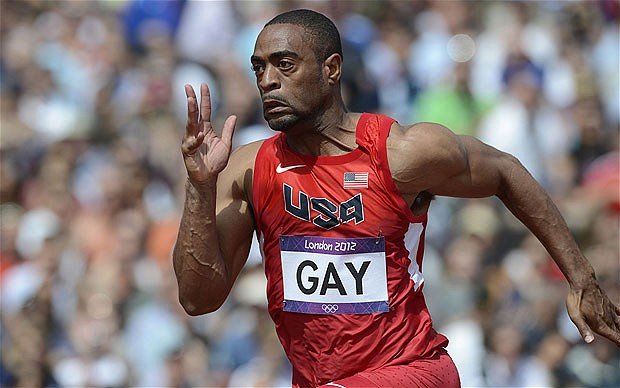
We are featuring Tyson Gay again as we believe he has some truly brilliant tips which can contribute to a faster run. He alludes to a speed being in strong stride. Moreover by strengthening your glutes and thighs means you strengthen the powerhouse of your stride.
You’ll want to ensure you are including deadlifts, hip raises and step-ups with barbells in your workout. These will focus on your glute and hamstring areas so you can increase your power here.
Next you need to engage and build strength in your core as this is essential to lifting knees higher and keeping your stride consistently fast. A strong core increases your stability as a runner so training it 3 times+ weekly helps build this power. Don’t forget your oblique’s too!
6. Strength and Conditioning Coach Uohara states arm technique is crucial
Olympian coach and NSCA Conditioning Specialist relates his advice on immediate ways you can experience increased speed without putting in weeks of training. By altering simple biomechanics you can create increased strength and power in your run.
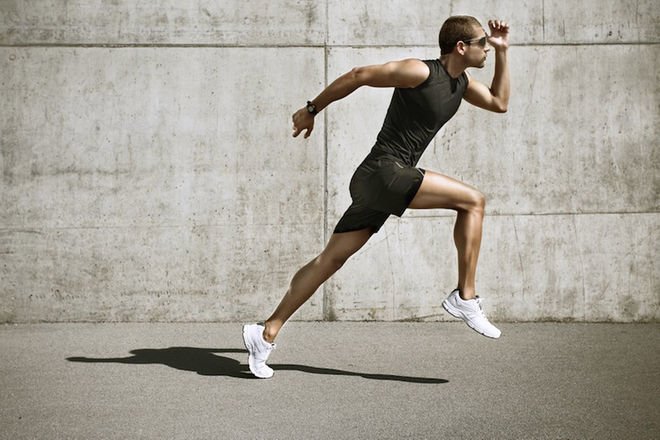
First things first, he encourages runners to throw their arms back with force as they run. This can give you an instant boost in speed whilst providing extra elasticity. Allowing the arm to swing back powerfully and with great intensity means your upper body also expends less energy. This keeps your swing shorter which means you transition faster.
Most runners make the mistake of overlooking arm movement when mastering these mechanics can make a huge difference. It can have immense effect on how power is transferred through your movement and centre of gravity to increase acceleration.
How else can arm movement be mastered?
Whilst the arms motion should be forceful, the hands should be relaxed and loose and be aware when you tighten up to return to this position. It’s good to remember that as mentioned before, speed is directly impacted by stride length and frequency which in turn is influenced by arm motion.
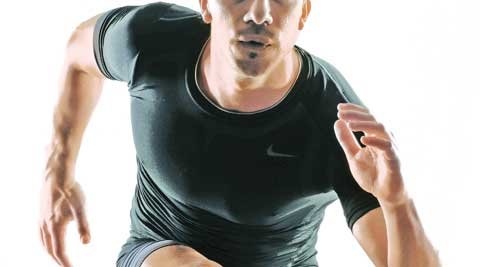
So forget about your arms and you miss out on the potential to increase your speed. When speaking in terms of angles, the forearm should range from 60-90 degrees and the back arm around 90-120 degrees at the elbow. Be conscious whilst running of dynamically moving the elbow down then back.
Also, to prevent hip rotation whilst running and expending precious energy, ensure your arms never cross the midline of your body. Keep the left to the left side and vice versa to promote a healthy movement.
7. Crossfit & Speed endurance specialist Brian promotes weight training
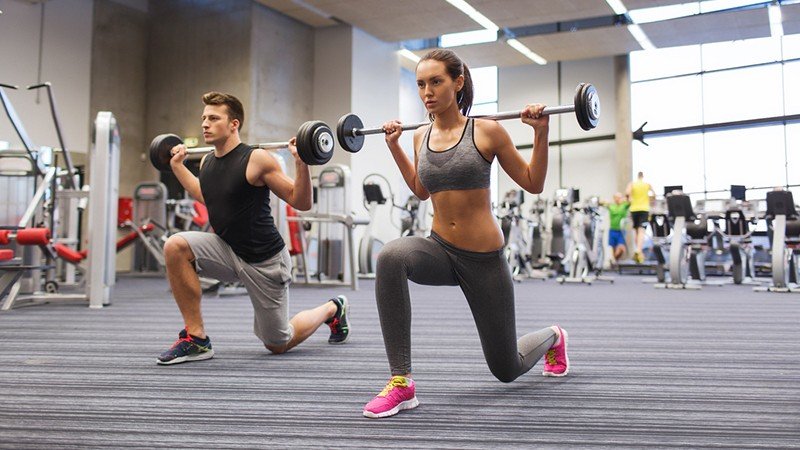
Brian Mackenzie, founder of Crossfit endurance and author of the Power Speed Endurance has some tips on developing the correct running technique which leads to an inevitable boost in speed. Flying in the face of conventional wisdom for runners, MacKenzie believes you can increase strength through weight lifting without becoming bulkier. The key is in building up to heavier weights and lessening the repetitions to 4 sets of 4 ideally.
Science and recent studies are backing up this premise that becoming stronger can have a great deal of impact on your speed. A study carried out on advanced runners in Norway who undertook weight training three times weekly for two months increased their speed by 21% before they started to tire. There could be several reasons behind this, one of the most obvious being that strength enables efficient movement with the right technique and effective energy usage.
Now you know the seven secrets to what makes the pros speedy, you can put your own training plan in place to ensure you perfect the right technique. You may not be naturally speedy but as Mo and other runners have shown, the right technique in training can make a w

